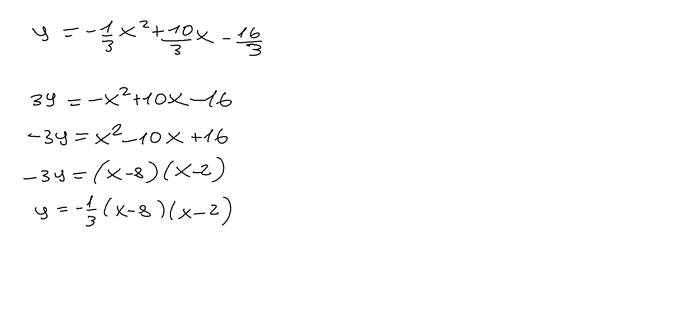Hi @Manie_Besselaar,
You can definitely solve quadratics using the first method of “completing the square” but it can get a little tricky depending on the coefficients you’re working with.
In the worst case, you end up having to fall back on the good old quadratic formula - i.e. y = (-b ± √(b² - 4ac)) / (2a), which can be a pain to try and memorize and usually requires a fair bit of work to simplify at the end.
I find that the method I showed in the video is a bit more intuitive because the process is always the same.
It can also give you an earlier warning on whether you’re dealing with a parabola with real or imaginary roots, which can be nice.
There’s not really a universally “preferred” way to solve any equation and there are always different ways to approach any problem. For instance, this method was only popularized in 2019 by the mathematician Po-Shen Loh!
If you’d like some additional insight into the method then I’d recommend checking out Loh’s excellent explanation here: https://www.poshenloh.com/quadraticdetail/
(His video explanation is about ~40mins long so grab a drink and settle in!)






